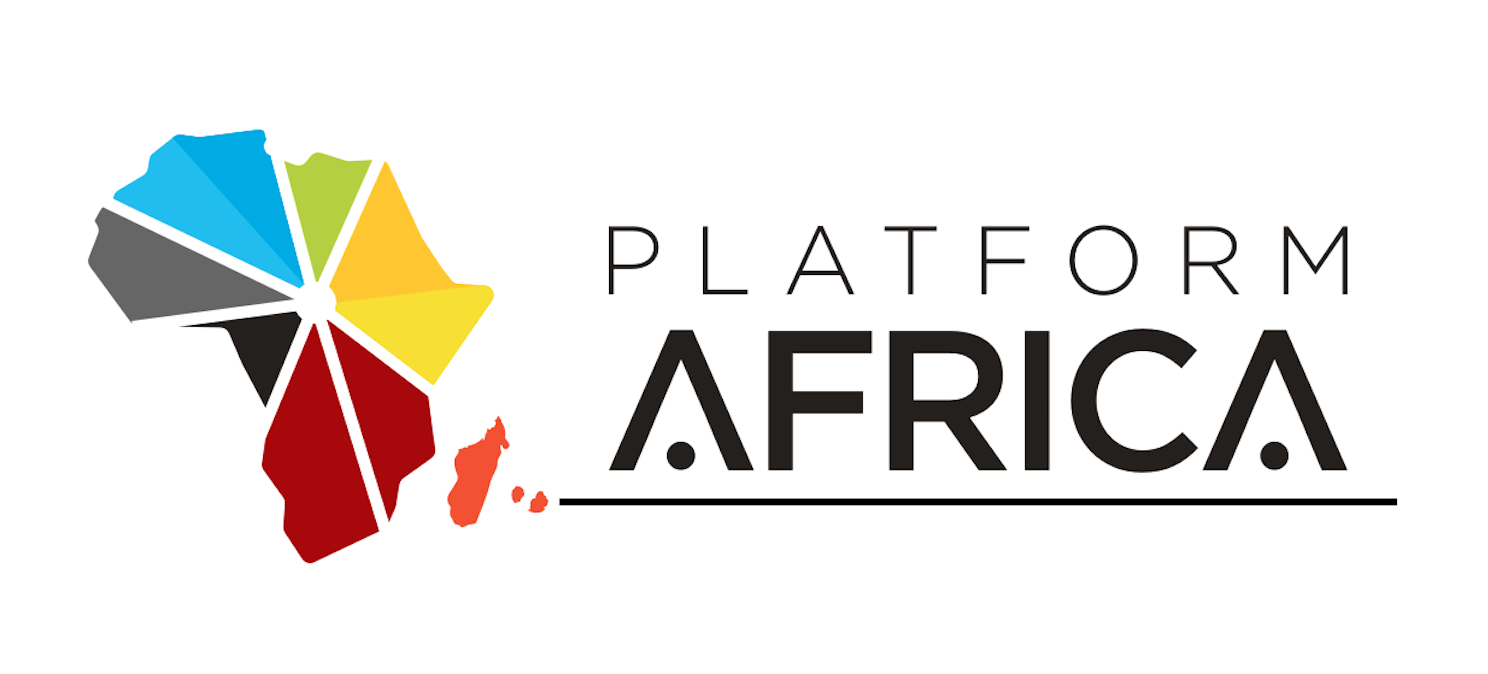By Shamin A. Sookia, Managing Director, Perigeum Capital Ltd
“The government budget is a reflection of the social contract: what we choose to do together.” Paul Samuelson (Nobel laureate economist)
Dr The Honourable NAVINCHANDRA RAMGOOLAM, Prime Minister, Minister of Defence, Home Affairs and External Communications, Minister of Finance, Minister for Rodrigues and Outer Islands, delivered his Budget Speech for year 2025/2026 against the backdrop of challenging local economic key indicators already in the red zone coupled with a world situation mired in uncertainty in so far as economic as well as geopolitical matters are concerned. The thrust of the present budget revolves around the three pillars, namely, economic renewal, a new social order and fiscal consolidation. There is a clear shift in the economic paradigm with structural reforms being brought about to our economic fabric, with the objective of unlocking growth, containing external deficits, boosting productivity and creating the necessary medium for investments to be channelled towards job creation and raising of the standard of living. As the Minister of Finance puts it, “ A new bridge built together with the people of this country on solid foundation with solid railings to protect the more vulnerable with a solid platform to withstand the storm and with a clear pathway to a brighter future for the common good of this and future generations.” With this in mind, it seems the present budget is putting a lot of focus on Artificial Intelligence, digitalisation and Blockchain & allied technologies.
There is a new philosophy built around the concept of “repurposing”, for instance, Resource Repurposing towards more productive use of our labour, land and capital. There is definitely in this budget a focus on empowering more women to start their own business and setting up of the necessary steps to address the acute shortage of labour and skills which is impacting on investment and economic growth. The recruitment of foreign labour and skills will be tackled through a fast-track and simplified rules-based work permit system to be managed by the Economic Development Board (EDB). The third pillar of the New Economic Model is about building growth through transformative investment with inherited consumption-driven approach being replaced by an investment-led growth model. Also, the future of tourism will focus on quality, value addition, sustainability, inclusion and resilience. In partnership with the private sector and other stakeholders, the Government will work on a blueprint to rethink the future of tourism in the light of both challenges and opportunities. Actions to embrace innovative agriculture include the setting up of a food resilience scheme to incentivise controlled environment agriculture.
While the government’s strategy for the financial services sector focusses mainly on promoting higher value-added offerings and consolidating financial stability, there is a string of policies to stimulate investment in the banking sector. An important measure to protect the purchasing power of the population is the creation of a Price Stabilisation Fund of Rs 10 billion,starting with an initial Rs 2 billion contribution in this budget. Equally important is focussing on environmental considerations as part of the New Social Order as enunciated in this budget with the aim of the reaffirmation of the commitment to help safeguard the natural world for present and future generations. Last but not least, a zero-tolerance approach to combat drug abuse.
The Minister of Finance is forecasting a real GDP growth path of 4% to 5%, a primary budget surplus and a lower public sector debt of 75% of GDP with a commitment to reduce the latter to 60% in the long term. The above projections are inclusive of the revenue from Chagos which will be used for debt repayment for the first 3 years. The projected reduction in inefficiencies, waste, and the rationalisation of parastatals is expected to make the country register a saving of Rs 5 billion over a 3-year period. There will be a reform of the various pillars of our pension system including the revamping of the National Pension Fund which will replace the CSG. The age eligibility for Basic Retirement Pension is being increased to 65 years with a phasing out period of 5 years of the current scheme (60 years).
“The dogmas of the quiet past are inadequate to the stormy present. The occasion is piled high with difficulty, and we must rise with the occasion.” – Abraham Lincoln




